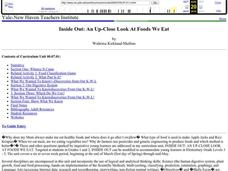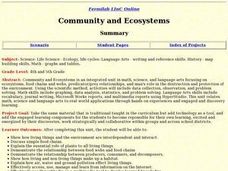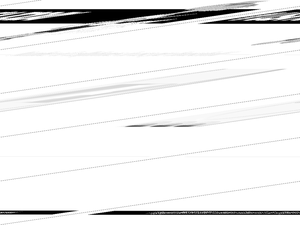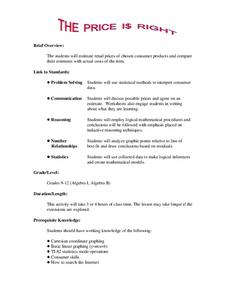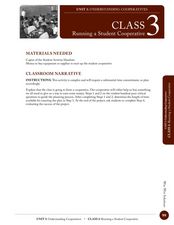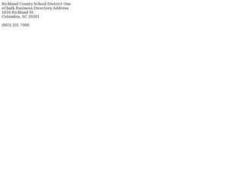Curated OER
Grain Properties Activity
Students study the similarities and differences of five different grains. They analyze the characteristics of corn, sunflower, milo, wheat, and soybeans.
Curated OER
Inside Out: An Up-Close Look At Foods We Eat
Fourth graders identify the origins of meats and vegetables consumed by humans on a daily basis. They classify foods (meats, dairy products, grains...) and create a food pyramid.
Curated OER
Comparison Food Shopping: Buying Groceries for Two People for One Week
Twelfth graders investigate how to develop a simple food budget for two using newpaper ads, the basic four food groups, and calorie counts.
Curated OER
Your Role as a Taxpayer: Why Pay Taxes?
Students evaluate the basic rationale, nature, and consequences fo taxes. They describe why governments need taxes as revenue to provide goods and servicesin this series of activities.
Curated OER
Community and Ecosystems
Students complete a unit of lessons on ecosystems. They participate in online activities, create a diorama, write journal entries, and develop a Hyperstudio multimedia project on a selected ecosystem.
Curated OER
Geodesic Dome
Students build geodesic domes using newspaper after watching a video about the architectural concepts used in building domes. They decide which geometric shapes can be used to build the strongest building.
Curated OER
ABOUT ALL YOU CAN EAT: Superfoods
Students trace back through time to see how the nutritional value of food consumed was enhanced. In this nutrients lesson students complete several activities that show the mass of food, and its PH value.
Curated OER
To Market to Market
Fourth graders research a product and participate in an integrated simulation of a free market economy where students will create, buy and sell a good or service. In completing this activity, 4th graders understand the concepts and...
Curated OER
The Portion is the Poison
Middle schoolers calculate the amount of everyday food products or liquids that would need to be consumed in order to become toxic. By using unit analysis, they calculate the amount of certain common food items that would need to be...
Curated OER
Number of Cell phones in Use Per Household
In this cell phones worksheet, students study a bar graph of the number of cell phones usage in households. Students answer 5 questions about the graph.
Curated OER
Payment Parliament
Students investigate how the economy works by role playing in their class. In this money management instructional activity, students read parts from a script for use in a role playing instructional activity simulating the Federal...
Curated OER
Check It Out
Pupils discuss the many processes involved with personal banking. They create their own budget based on their career choices. They also practice balancing a checkbook.
Curated OER
The Price Is Right
Young scholars create a list of products with estimated prices. In this algebra lesson, students learn to write equations using variables. They match their created list with that of actual products and compare their prices,
Curated OER
Made Round To Go Round
In this lesson students investigate what it would cost to furnish one room of their choice by shopping on the Internet. Both Australian and American dollars are to be given for each item to demonstrate the difference between two...
Curated OER
Running a Student Cooperative
Students form a classroom cooperative. In this service learning lesson, students explore how to form and run a cooperative and decide as a class how to implement their cooperative plan. Students use funds raised from the cooperative's...
Curated OER
Is That a Plan? Problem-Solving: Using Diagrams and Models
Student solve problems using a flow chart. They solve real-world problems by using a diagram or model. They create their own diagrams for problem-solving. They explain how they drew the diagram and solved the problem.
Curated OER
Algebra I Lesson
Ninth graders explore applications of Algebra. For this Algebra I lesson, studetns investigate eight applications of algebra ranging form the mathematics of roller coasters to tracking the popularity of a web site.
Curated OER
The Snack Bar
Sixth graders complete a purchase order. In this ratios and patterns lesson, 6th graders work in groups to complete a purchase order for a grand opening of the school snack bar. Students use rations to figure out the need and quantity...
Curated OER
Scientific Graphs
Students organize data collected from their experiments using graphs. For this statistics and biology lesson, students organize their scientific data from an article into readable graphs. They define the usefulness of their graph and...
Curated OER
The Entrepreneur's Game
Twelfth graders explore the basic principles of the US free enterprise system. They examine the basic principles of the US free enterprise system including profit motive, voluntary exchange, private property rights, and competition.
Curated OER
Will There be Enough Water?
Students investigate water usage, water available, and water demand historically in the local area. They use projections of water usage, availability and demand up to the year 2050. Students use graphs to relate as well as compare and...
Curated OER
OTC Medications
Young scholars sort medications by likeness and use. They compare and contrast using a Venn Diagram, and find the differences and commonalities of over the counter and Rx medications.
Curated OER
Candy is Dandy
Students investigate color distribution in bags of M&Ms They sort and classify the contents of a bag of M&Ms and summarize their findings on a worksheet. Students convert the numbers into charts and make predictions about color...
Curated OER
The Fat and the Lean
Students collect data on calorie intake. In this algebra lesson plan, students use the collection of data to make better eating decisions. They investigate the nutritional value in food using a graph and draw conclusion from their findings.



